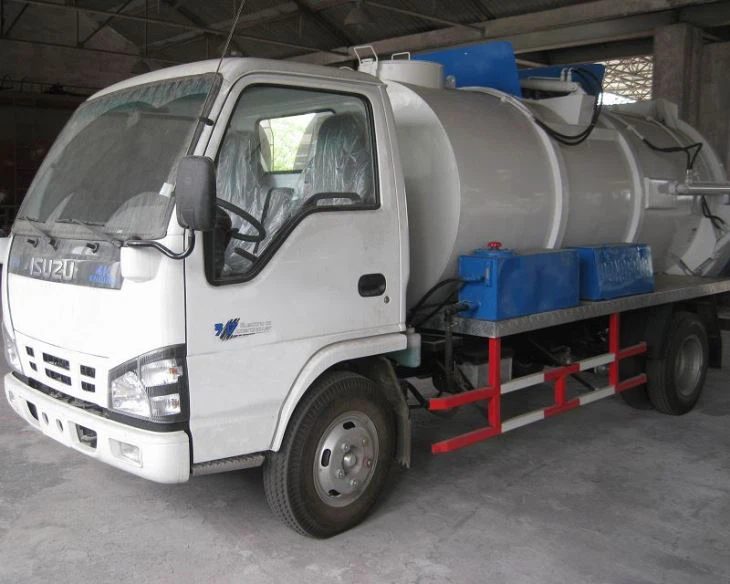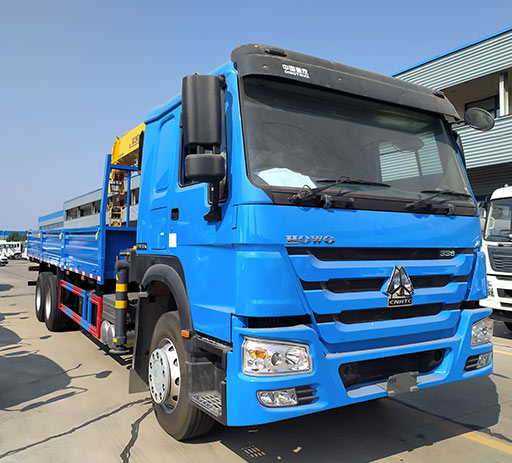Everything You Need to Know About Fuel Tanker Semis

Fuel tanker semi-trailers, often referred to as fuel tankers, are a vital part of the transportation infrastructure, responsible for delivering fuel across the country. With an increase in demand for energy resources and the growing need for efficient transportation, understanding the various aspects of fuel tanker semis is essential. In this article, we will explore fuel tanker semis in depth—covering their types, working mechanisms, regulations, maintenance, and much more.
What is a Fuel Tanker Semi?
A fuel tanker semi-trailer is a specialized vehicle designed to transport liquid fuels, including gasoline, diesel, and biofuels. Unlike regular semi-trailers, fuel tankers are equipped with safety features and regulations due to the hazardous nature of the materials they carry.
The Anatomy of a Fuel Tanker Semi
The main components of a fuel tanker semi include:
- Tank: This is the primary part where fuel is stored. It can be made of aluminum or stainless steel.
- Chassis: The framework that supports the tank and connects to the tractor unit.
- Axles: Used for weight distribution; most fuel tankers have multiple axles.
- Pumps and Valves: Essential for loading and unloading fuel safely.
- Safety Features: These include emergency shut-off valves, containment systems, and rollover protection.
Types of Fuel Tanker Semis
Fuel tanker semis can be categorized based on several factors:
1. By Fuel Type

- Gasoline Tankers: Designed for transporting gasoline and equipped with features that prevent vapor release.
- Diesel Tankers: Built for transporting diesel fuel, which is less volatile but still requires stringent safety measures.
- Chemical Tankers: Capable of transporting various liquid chemicals, often requiring specific materials and lining.
2. By Design
- Round Tankers: Commonly used in the industry; they have a cylindrical shape that allows for optimal weight distribution.
- Square or Rectangular Tankers: Less common; they can be more versatile for different load types but have varied weight distribution properties.
Working Mechanism of Fuel Tanker Semis
Understanding how fuel tanker semis operate is crucial for safe and efficient transport:
Loading Fuel
Fuel is loaded into the tanker through specialized hoses connected to fuel pumps. The process involves:
- Positioning the tanker in alignment with the loading equipment.
- Connecting the hoses and ensuring secure, leak-proof fittings.
- Monitoring the loading process to prevent overfilling.
Transporting Fuel
Once loading is complete:
- The tanker is sealed to avoid leaks and spills.
- Drivers must follow specific routes that accommodate the weight and dimensions of their vehicles.
- Proper safety protocols must be followed, including keeping distances and adhering to speed limits.

Unloading Fuel
Unloading fuel follows strict safety standards:
- Positioning the tanker at the designated unloading facility.
- Preparing hoses and pumps for the unloading process.
- Monitoring the unloading to ensure safe and efficient transfer.
Regulations Governing Fuel Tanker Semis
Fuel tanker operations are heavily regulated due to the hazardous nature of the goods they transport. Key regulations include:
1. Department of Transportation (DOT)
The DOT provides guidelines regarding:
- Driver qualifications and training.
- Vehicle safety inspections.
- Transport and routing protocols.
2. Environmental Protection Agency (EPA)
The EPA regulates emissions and environmental safety, including:
- Standards for vapor recovery systems.
- Spill containment requirements.
3. State and Local Regulations
In addition to federal guidelines, individual states may impose stricter rules that drivers and companies must comply with.
Maintenance of Fuel Tanker Semis
Regular maintenance is critical to ensure the safe operation of fuel tankers. Key areas include:
1. Inspections
Regular inspections must focus on:
- Tank integrity.
- Pump functionality.
- Tire condition and braking systems.
2. Cleaning
Fuel tankers must be cleaned regularly to avoid contamination:
- Residue from previous loads can contaminate new fuel.
- Cleaning frequency depends on the type of fuel transported.
3. Repairs

Immediate repairs are essential if any part of the tanker is damaged, especially seals, pumps, or hoses.
Choosing the Right Fuel Tanker Semi
Selecting an appropriate fuel tanker semi can significantly influence transportation efficiency and safety. Here are key factors to consider:
1. Capacity
Determine the capacity needed based on your transportation requirements. Tankers often come in variants from 3,000 to 11,000 gallons.
2. Weight Limits
Understand the weight limits imposed by local regulations, as this affects the type of vehicle you can operate.
3. Material
Choose between aluminum and stainless steel based on the type of fuel transported and required durability.
4. Safety Features
Inspect for essential safety features, such as:
- Emergency shut-off valves.
- Fire suppression systems.
- Anti-rollover systems.
Case Studies: Successful Fuel Tanker Operations
Several companies have thrived due to their efficient fuel tanker operations. Here are two notable examples:
1. Bulk Transport Company
This company optimized its operational process using GPS tracking, which minimized accidental route deviations and ensured timely deliveries. As a result, they achieved a 15% reduction in transport costs over one year.
2. Eco-Friendly Fuel Logistics
This forward-thinking company exclusively utilized biofuel transport, investing in specially designed tankers that minimized emissions. Their brand was strongly associated with sustainability, drawing environmentally conscious contracts.
Practical Tips for Operating Fuel Tanker Semis
Operators can improve their efficiency and safety with these practical tips:
1. Implement Regular Safety Training
Staff should undergo routine training on safety protocols, emergency procedures, and proper loading/unloading techniques.
2. Monitor Weather Conditions
Adverse weather can significantly affect driving conditions. Always check forecasts before planning routes.
3. Utilize Technology
Invest in fleet management software to streamline scheduling, routing, and communication.
4. Keep Detailed Records
Maintaining meticulous records of maintenance, inspections, and fuel transfers can safeguard your operations against regulatory issues.
FAQs About Fuel Tanker Semis
1. What types of fuel can be transported in fuel tanker semis?
Fuel tanker semis can transport gasoline, diesel, biofuels, and various chemicals depending on their design and specifications.
2. Are there specific training requirements for drivers of fuel tanker semis?
Yes, drivers need specialized training, including hazardous materials handling, safety regulations, and vehicle operation standards.
3. How often should fuel tanker semis be inspected?
Fuel tanker semis should be inspected regularly, typically every 12 months or as per local regulations, with additional inspections after any incident or repair.
4. What safety features should I look for in a fuel tanker semi?
Look for emergency shut-off valves, secondary containment systems, rollover protection, and a reliable fire suppression system.
5. Can fuel tanker semis be used for transporting chemicals?
Yes, but specific designs and materials are required to meet safety standards for different chemicals.
6. What are the environmental regulations for fuel tanker operations?
Environmental regulations include guidelines for emissions, spill prevention programs, and the proper handling and disposal of hazardous materials.
